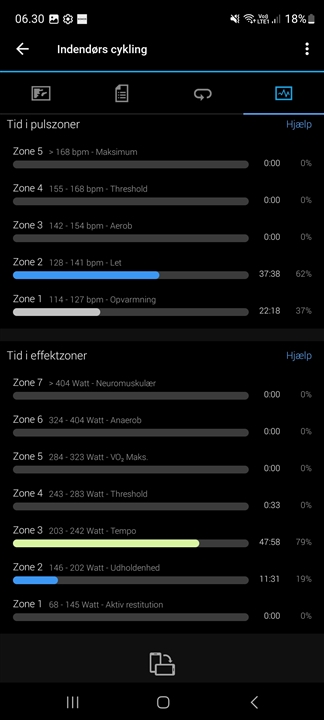Hi all,
until now running activities within HR zone 2 where considered "low aerobic". But I got the impression that this changed now that they introduced wrist based running power? Can someone clarify, which measurement is used to determine if activities are considere low aerobic / high aerobic or anaerobic?
Thanks!






